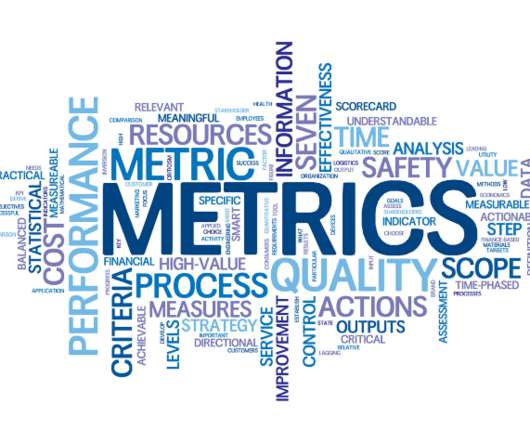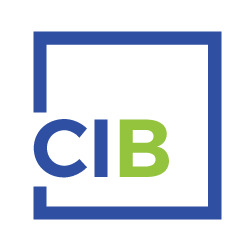An Important Guide To Unsupervised Machine Learning
Smart Data Collective
NOVEMBER 1, 2020
Overall, clustering is a common technique for statistical data analysis applied in many areas. Dimensionality Reduction – Modifying Data. HMM use cases also include: Computational biology; Data analytics; Gene prediction; Gesture recognition and others. DBSCAN Clustering – Market research, Data analysis.













Let's personalize your content